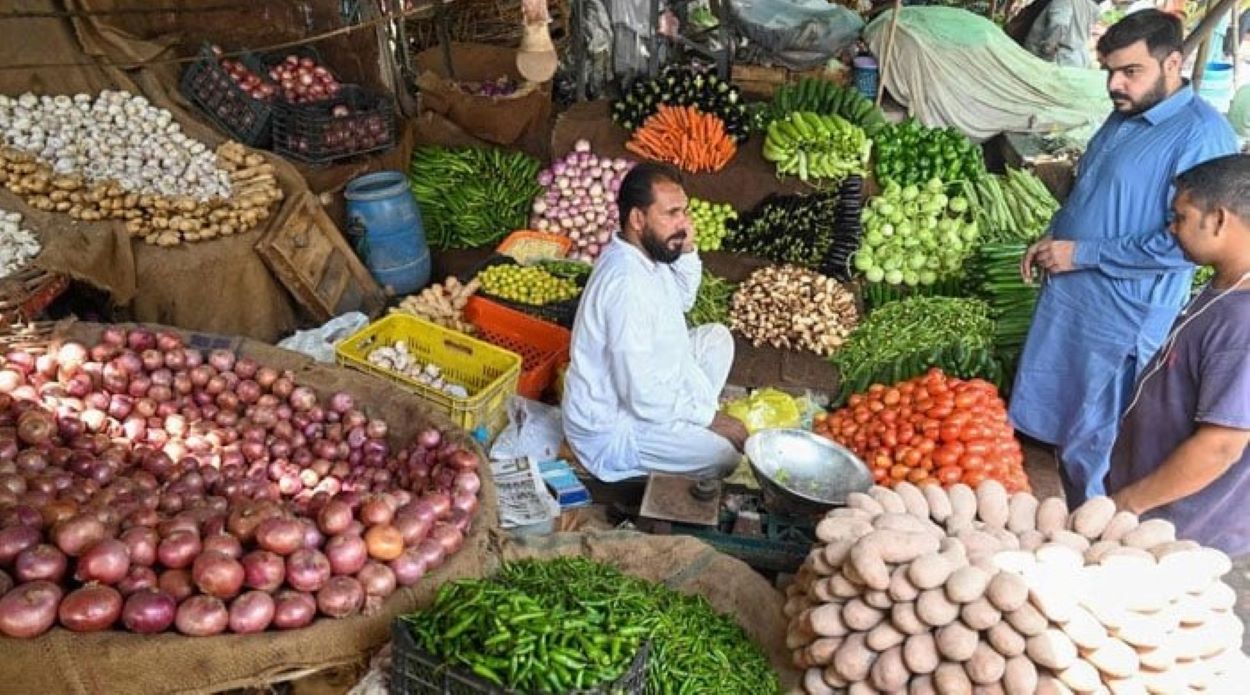Pakistan’s Consumer Price Index (CPI) based inflation showed signs of easing, recording a year-on-year rate of 17.3% in April—the lowest in nearly two years and significantly below government expectations, according to the latest data from the Pakistan Bureau of Statistics (PBS).
The economy has faced persistent inflation challenges, exceeding 20% since May 2022 and reaching a peak of 38% last May. These high rates occurred alongside reforms from an International Monetary Fund (IMF) bailout program.
“This is the lowest reading in the last 23 months,” noted Mohammed Sohail, CEO of Topline Securities.
Additionally, month-on-month inflation decreased by 0.4% in April, marking the first negative growth since June 2023. This suggests that inflation may be entering a downward trend.
For July-April, average inflation was 25.97%, down from 28.23% during the same timeframe last year.
The Ministry of Finance, in its “Monthly Economic Update and Outlook” report on Tuesday, predicted CPI-based inflation to be between 18.5-19.5% for April 2024, with further reductions expected in the subsequent months.
The Ministry attributes the favourable inflation outlook to a beneficial base effect from the previous year and improvements in the domestic supply chain of essential items. The government aims to moderate inflation through stringent administrative measures.
“Inflation is projected to hover around 18.5-19.5% in April 2024, with a gradual easing expected to 17.5-18.5% in May 2024,” the report states.
Before the IMF approved a $1.1 billion loan instalment under an existing program, the State Bank of Pakistan maintained its key interest rate at 22%. The bank’s monetary policy committee asserts that continuing this tight monetary stance is crucial for reducing inflation to a more manageable level.






